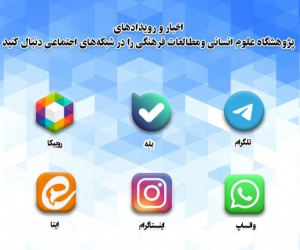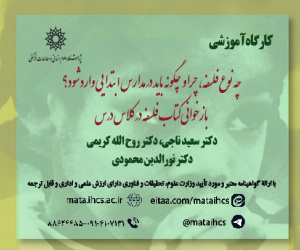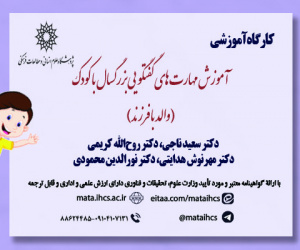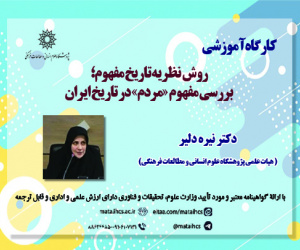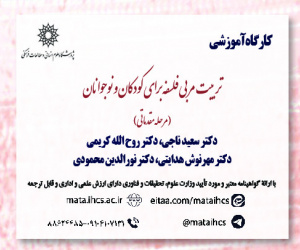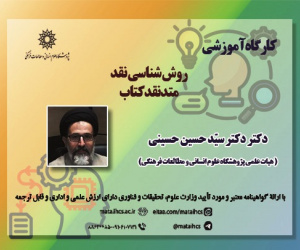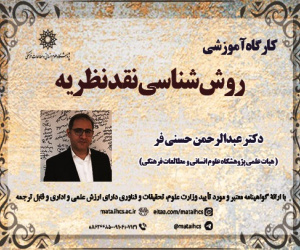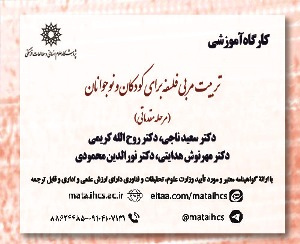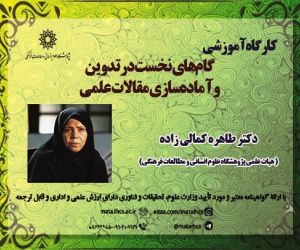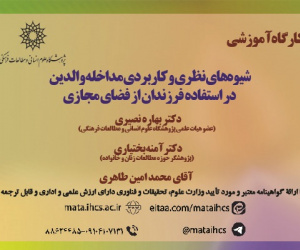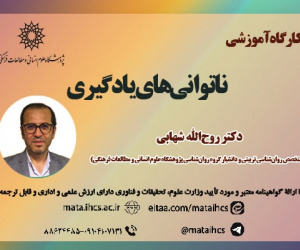فرصت ها و موانع همکاری های راهبردی ایران و افغانستان در بُعد بازرگانی
آرشیو
چکیده
پژوهش حاضر با هدف شناسایی فرصت ها و موانع همکاری راهبردی میان دو کشور ایران و افغانستان در بُعد بازرگانی صورت گرفته است. این پژوهش تحقیقی آمیخته اکتشافی از نوع کیفی-کمی می باشد. در بخش کیفی جامعه آماری شامل ۱۲ نفر از خبرگانی همچون اساتیددانشگاهی، مدیران و کارشناسان اتاق بازرگانی دو کشور، در بخش کمّی شامل ۱4۰ نفر از اعضای اتاق مشترک بازرگانی ایران و افغانستان است. ابزار گردآوری داده ها در بخش کیفی، مصاحبه های نیمه ساختاریافته و در بخش کمّی پرسشنامه می باشد. برای تجزیه تحلیل داده ها در بخش کیفی مفاهیم اکتشافی حاصل از این مصاحبه ها بر اساس ماهیت و مفاهیم مرتبط، ۱۱۶ کدباز می باشد که بعد از به اشباع رسیدن اطلاعات گردآوری شده توسط محقق فرایند مصاحبه پایان یافت. در ادامه جهت انجام مقوله بندی محوری و اصلی از نرم افزار 2018 MAXQDA استفاده شد که درنهایت ۱۱۶ کدباز، 3۶ کد محوری و ۱7 کد انتخابی حاصل شد و در دسته بندی های عوامل علی، مداخله گر، پیامدها، راهبردها، زمینه قرار داده شدند. پس از شناسایی کدها، جهت بررسی روایی کدهای کیفی به دست آمده، از CVI و CVR استفاده شد. پس از استخراج کدها و مقوله بندی مربوط به آن ها، مفاهیم احصاء شده در شش عنصر ( شرایط علّی، پدیده محوری، راهبردها، پیامدها، شرایط مداخله ای و شرایط زمینه ای) تقسیم بندی شدند.Opportunities and Obstacles to Strategic Cooperation between Iran and Afghanistan in the Commercial Dimension
The present study aims to identify opportunities and obstacles to strategic cooperation between Iran and Afghanistan in the commercial dimension. This research is mixed qualitative-quantitative exploratory research. In the qualitative part, the statistical population includes 12 experts such as university professors, managers, and experts from the two countries' chambers of commerce, and in the quantitative part, 140 members of the Iran-Afghanistan Joint Chamber of Commerce. The data collection tool in the qualitative part is semi-structured interviews and in the quantitative part, a questionnaire. For data analysis in the qualitative part, the exploratory concepts obtained from these interviews based on the nature and related concepts are 116 open codes, which were ended after the researcher reached saturation of the information collected. Next, the 2018 MAXQDA software was used to perform the central categorization, which ultimately resulted in 116 open codes, 36 central codes, and 17 selected codes, which were placed in the categories of causal factors, interventionists, consequences, strategies, and context. After identifying the codes, CVI and CVR were used to examine the validity of the obtained qualitative codes. After extracting the codes and categorizing them, the concepts collected were divided into six elements (causal conditions, central phenomenon, strategies, consequences, intervention conditions, and context conditions).
